MSRP (*Base Edition)
Battery EV | SUV | 619KM
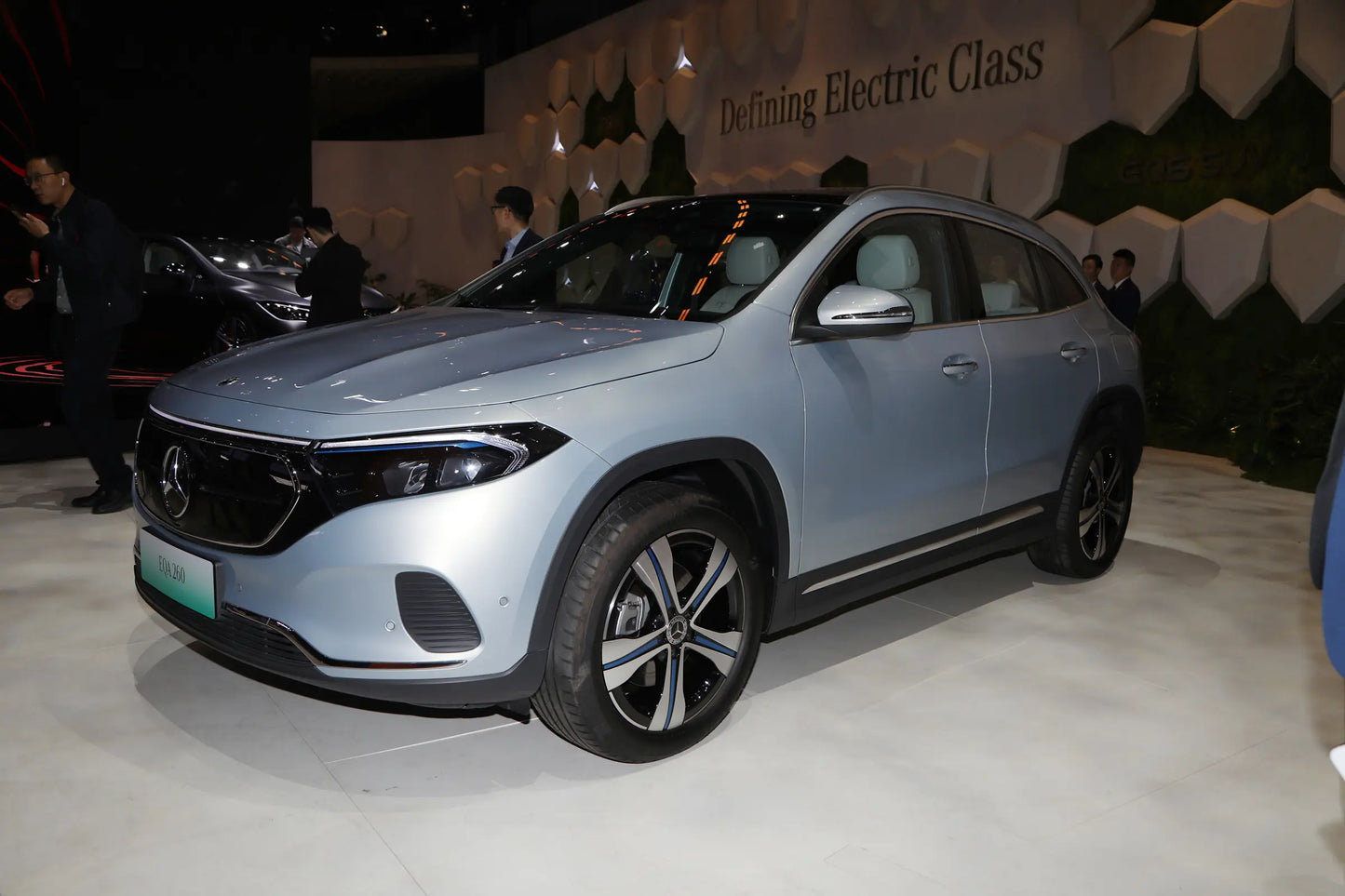
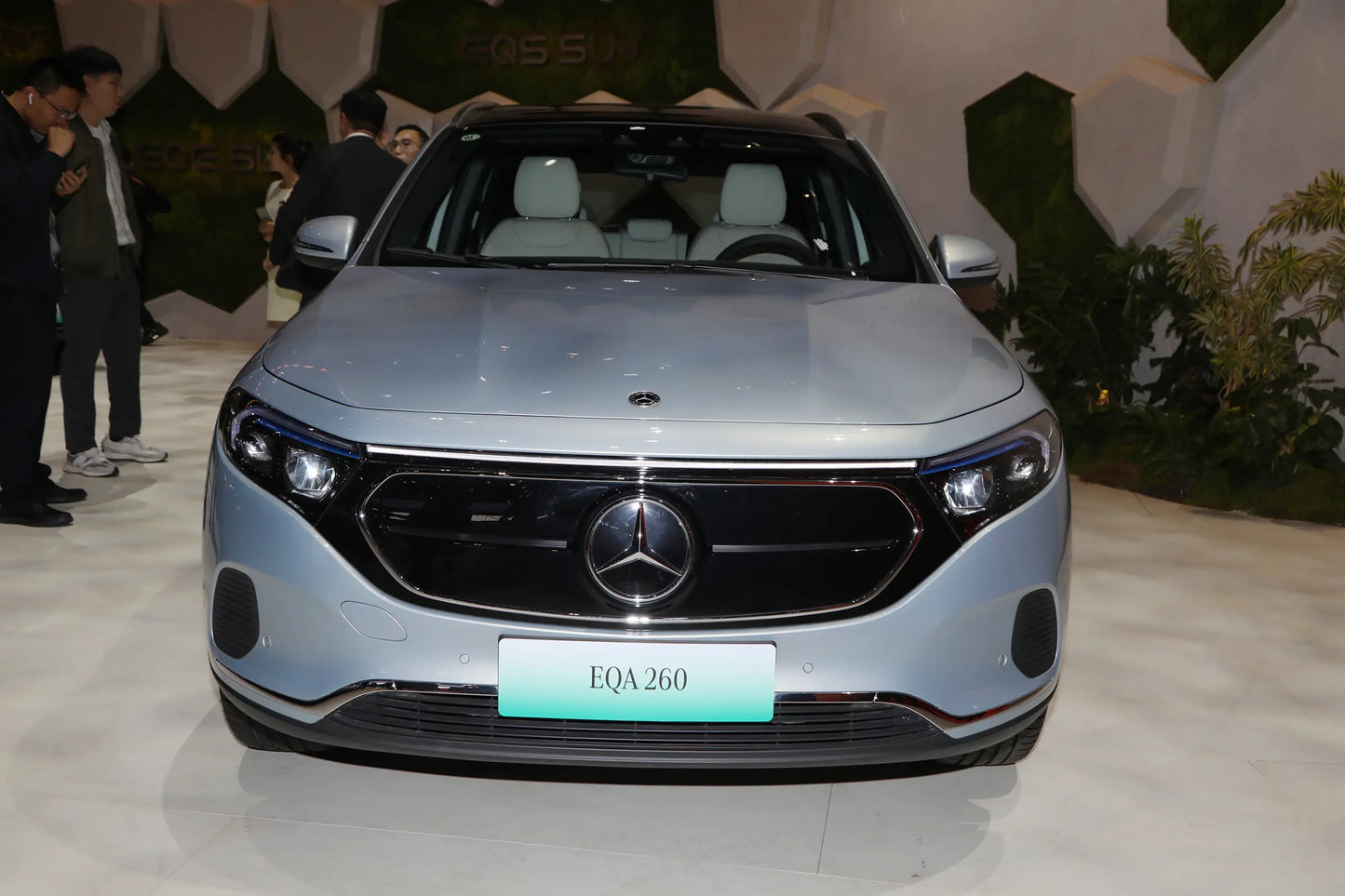
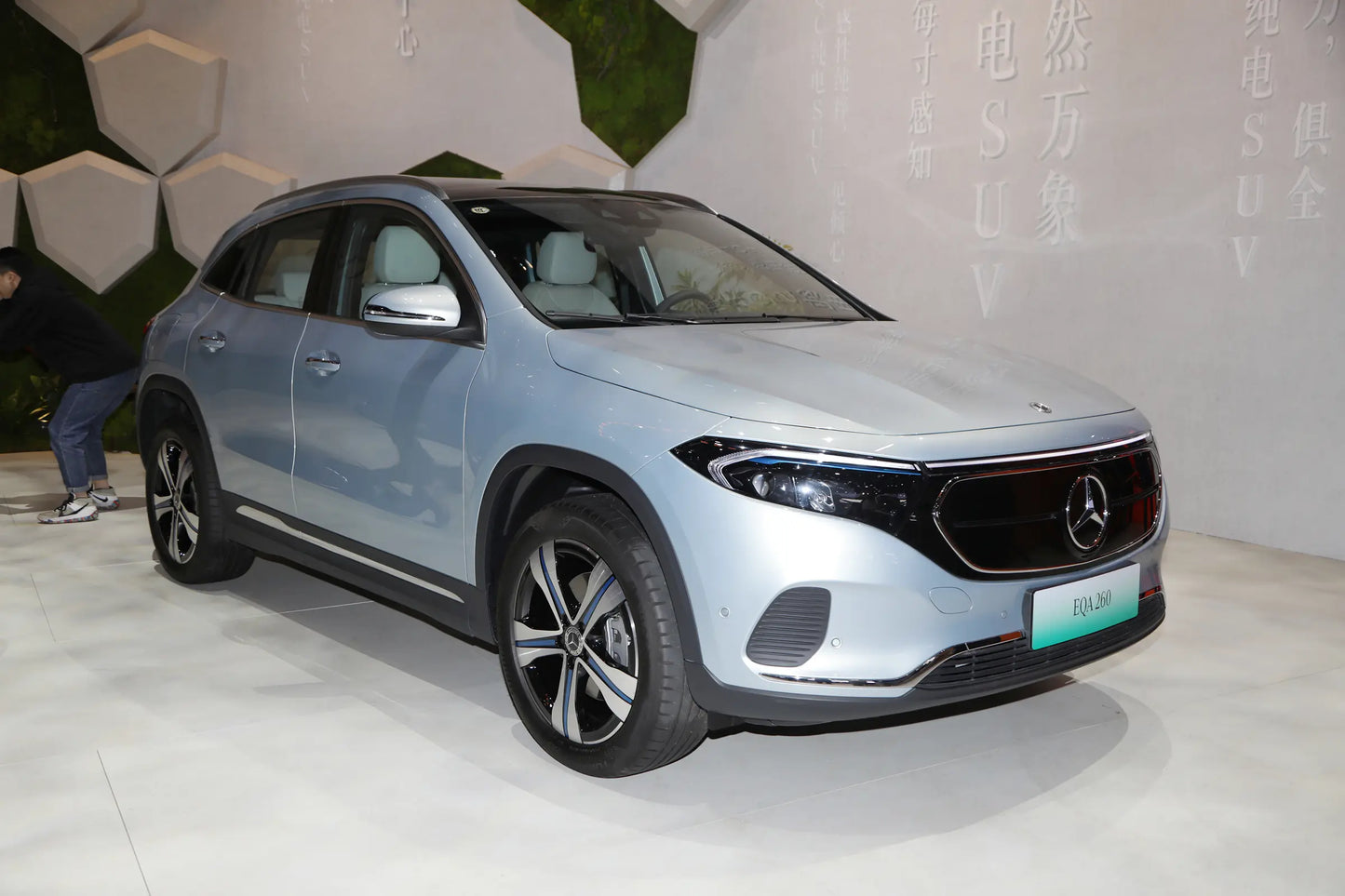
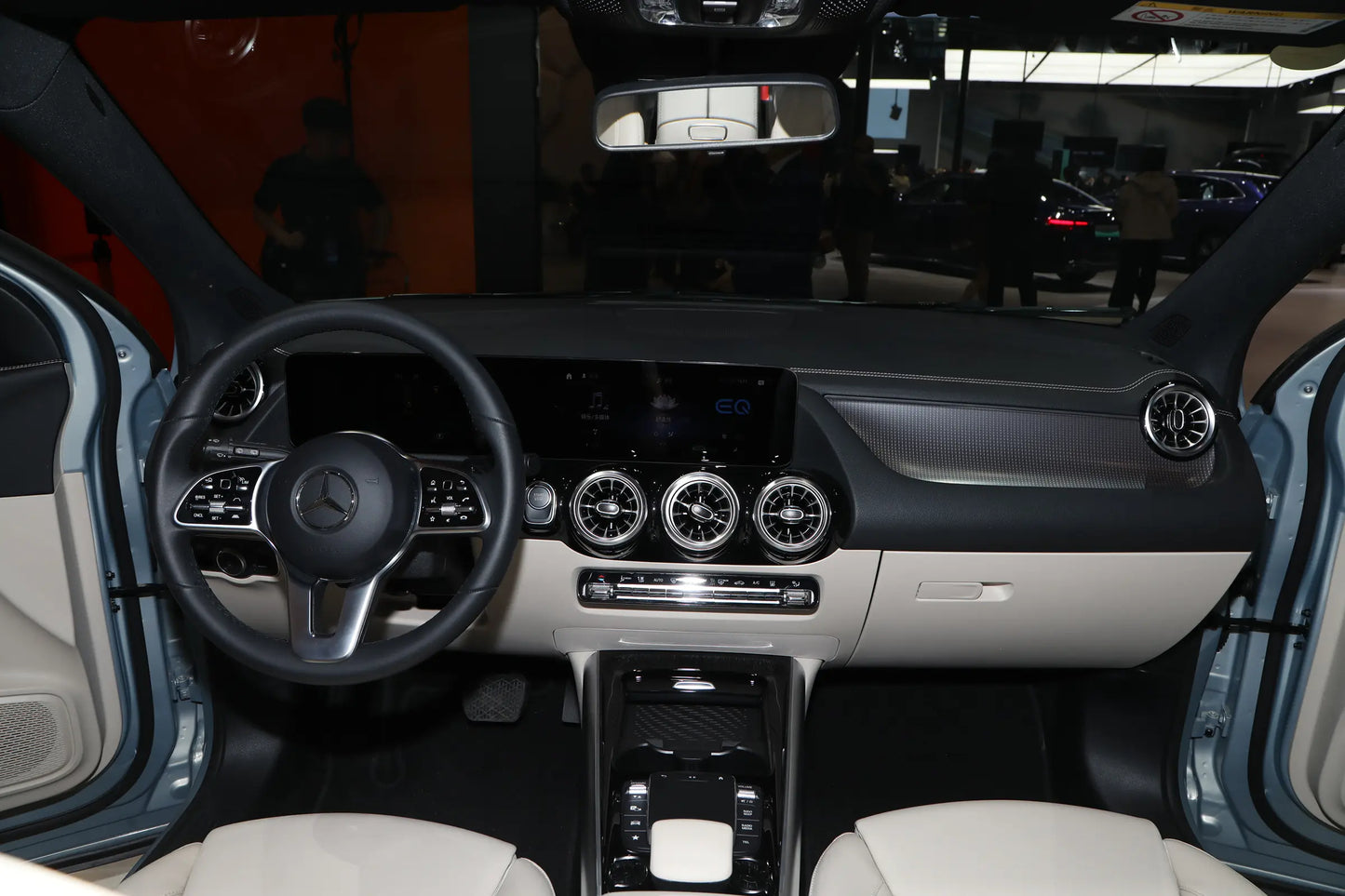
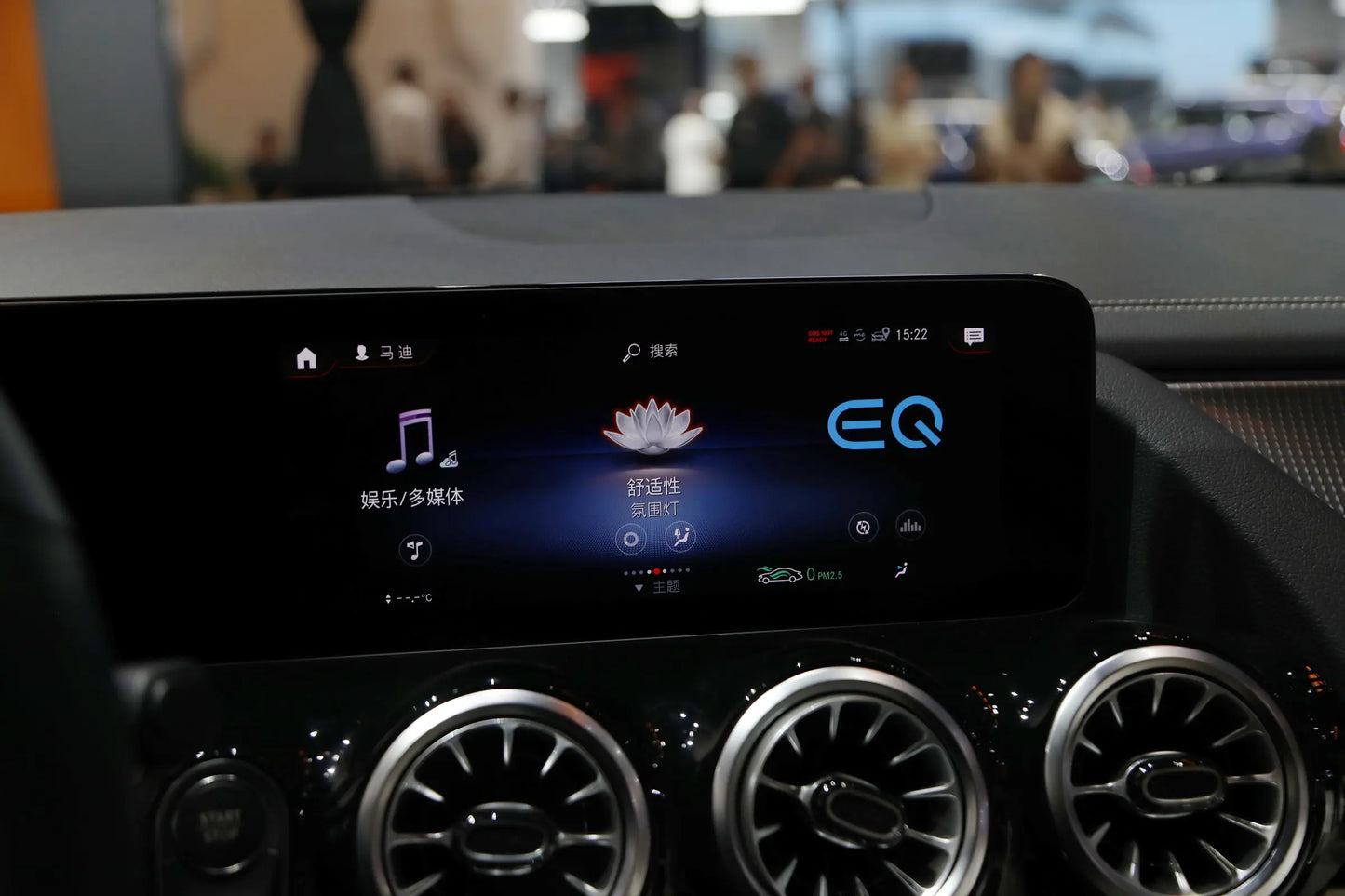
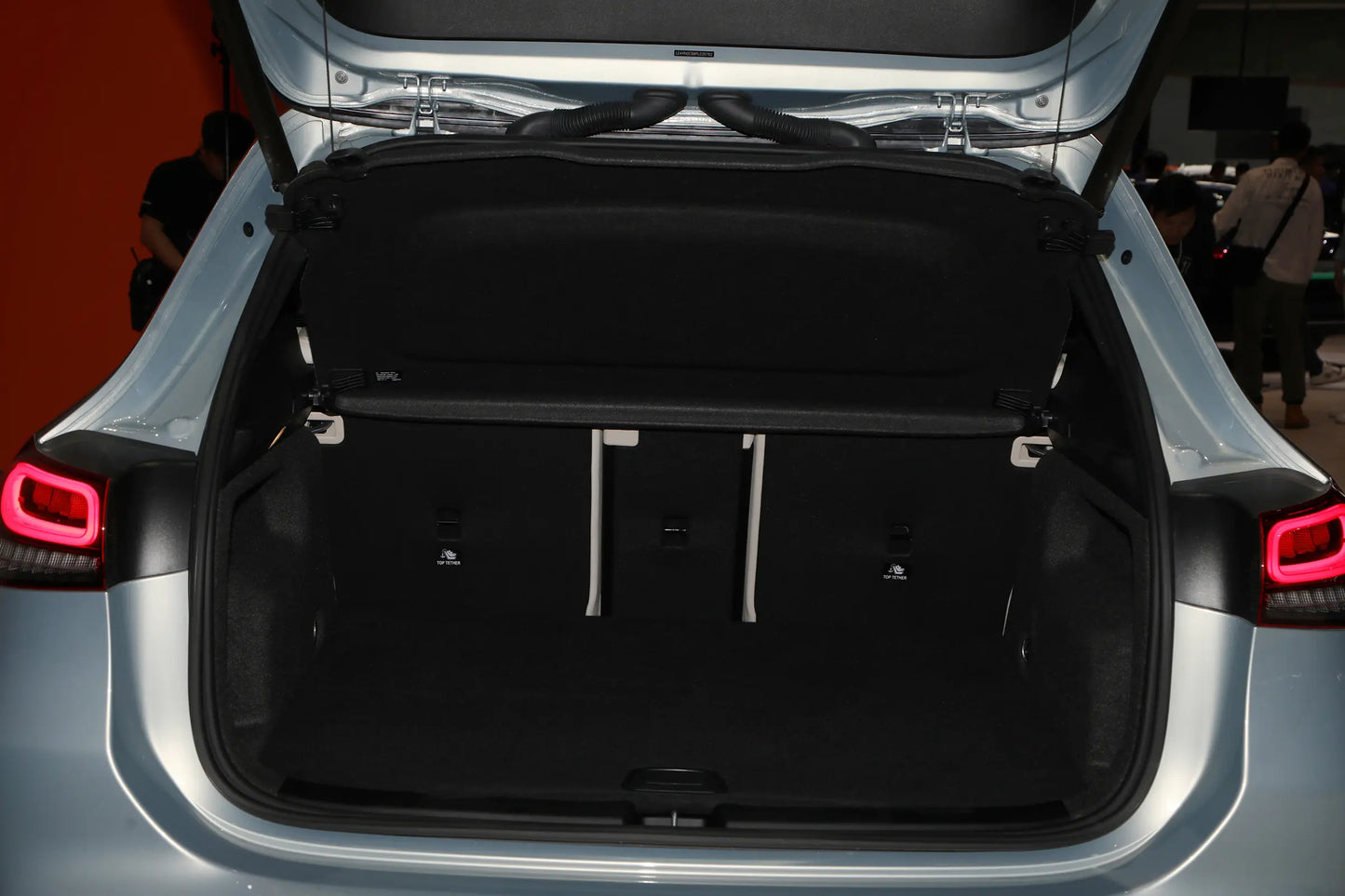
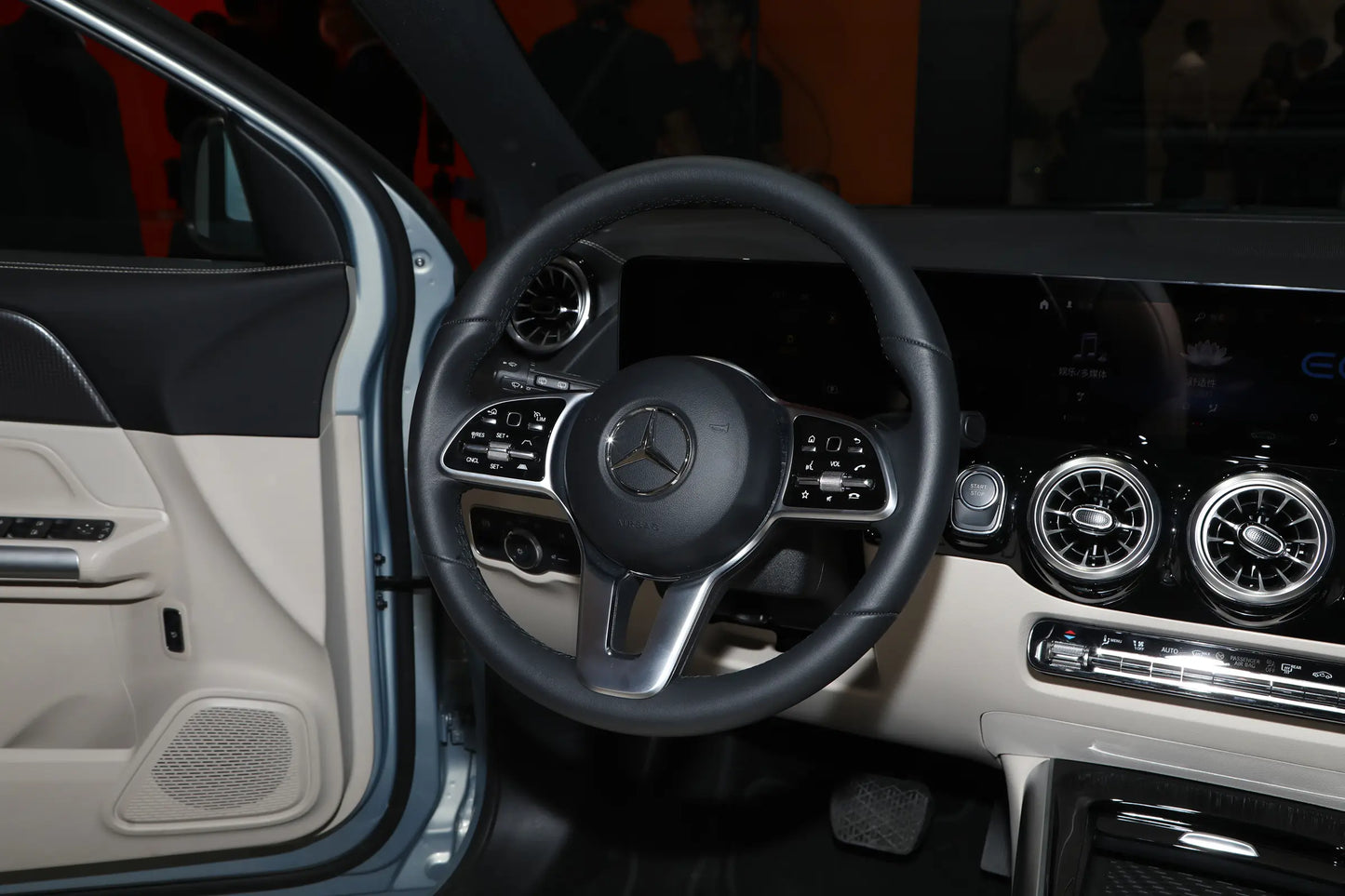

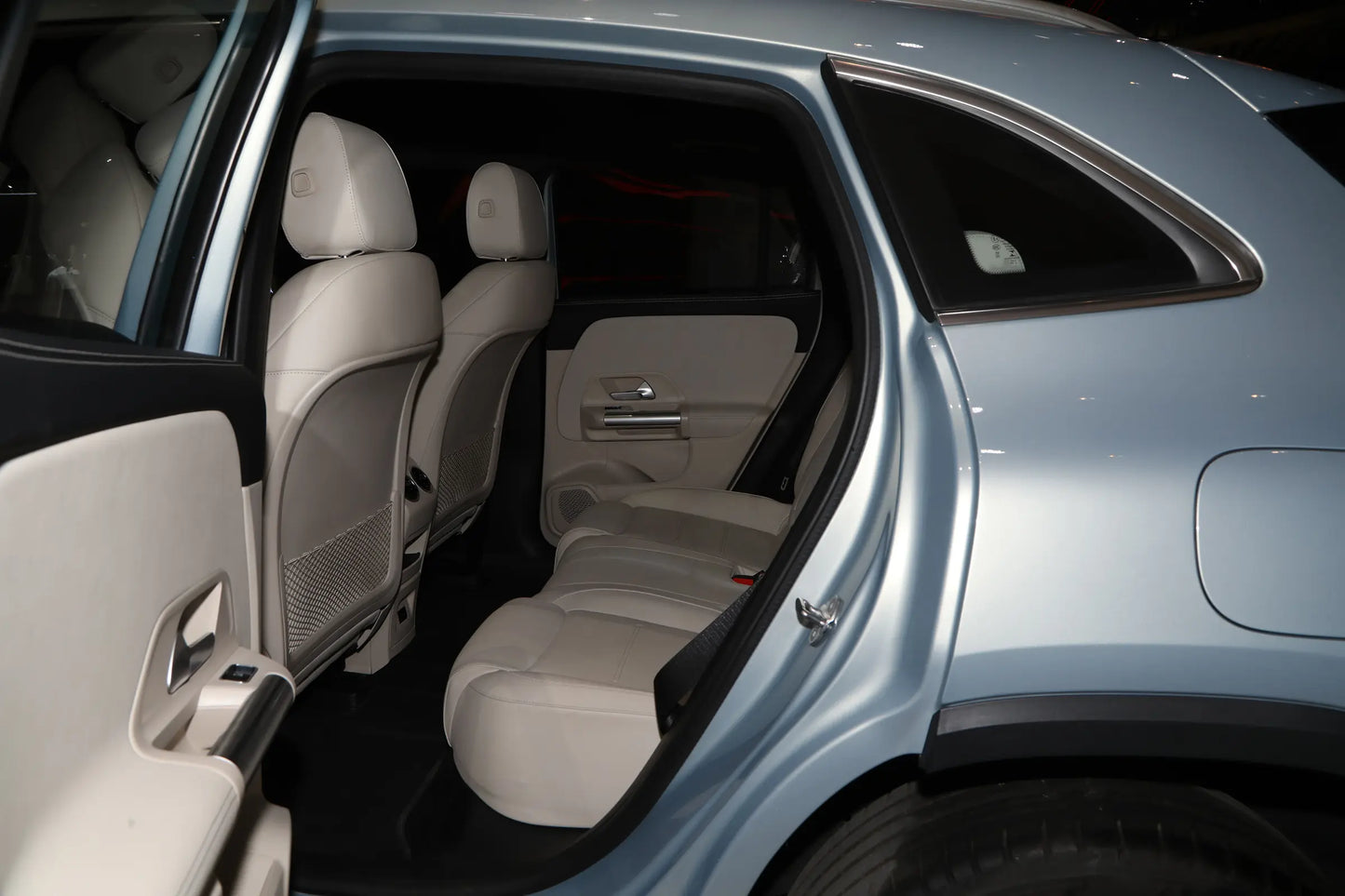
$47,620.00 USD
-
BrandBeijing Benz
-
Vechile ClassSUV
-
Energy TypeBattery EV
-
Pure Electric Range(KM)619
-
Curb Weight (kg)2029
-
Battery Typeternary lithium battery
-
Total Power of Motor (KW)140
-
Maximum Power(KW)140
-
Total Torque of Motor(N・m)380
-
Maximum Torque(N・m)1280
-
Length x Width x Height(mm)4463x1849x1619
-
Official 0-100km/h Acceleration Time(s)9.3
-
Power Consumption(kWh/100km)/
-
Equivalent Fuel Consumption (Electricity)(L/100km)/
-
Battery Capacity73.5 (kWh)
-
MaximumSpeed(km/h)/
-
Motor Layoutfront mounted motor
-
Transmissionsingle-speed transmission
-
IDev2509152
Panoramic Interiors
Video Manual
Authentic on-site shots for an immersive vehicle detail experience
Real Customer Reviews
Source: DCAR
Review A
¡¾Interior¡¿
There's no doubt about the interior of Mercedes-Benz, but you can't tell its beauty just from the photos! The feature of Mercedes-Benz's interior lies in its workmanship and the atmosphere it creates. I have extremely high requirements for the interior because I'm the one driving, and whether the interior is good or not directly affects the driving experience! I've seen interior pictures of many car models and many models of Mercedes-Benz as well, but I wasn't particularly impressed until I got in the car for a test drive! It was like that saying: "This is the one!" Also, when the ambient lights are on at night, no one can resist it ??
¡¾Driving Experience¡¿
I've driven 1100 kilometers since picking up the car (including a 400-kilometer highway drive). Here are some points I'd like to summarize:
1. The emergency braking reaction is okay, but there's often a stuttering feeling when braking, especially when going downhill, and it feels like the car can't be braked steadily.
2. I'd give the power a 10! It's not about having a faster acceleration than others. Instead, it's like a gentle blood - sweating horse. When you need to overtake, it gives you rocket - like power, and when you don't, it's as gentle and comfortable as a kitten. In short, it responds exactly as you want.
3. The shock absorption is comfortable. My previous fuel - powered car was a Cadillac ATS - L with a suspension similar to that of a sports car, which was too hard. When going over speed bumps, it felt like hitting a wall. But I think the shock absorption of the EQA is more comfortable than that of the EQB. It's both soft and stable.
4. You must buy a lumbar cushion! After driving on the highway for five hours, I felt like I'd been moving bricks all day!
5. Besides the comfort, economy, and sport modes, you can use the paddles to adjust the level of kinetic energy recovery. The driving experience in D+ gear is exactly the same as that of a fuel - powered car. If you drive in D gear in the energy - saving mode all the time, your feet will get very sore! This function is very user - friendly!
6. I have to complain about Mercedes - Benz's sensor! When driving normally or reversing, it starts beeping when there's still 60 centimeters to 1 meter away from an obstacle! I'm often startled by it, and there's no way to turn it off by default.
¡¾Endurance¡¿
Since there's a shortage of charging piles, I'm currently practicing my "footwork" and can control the energy consumption to about 18 kWh at the lowest. I'd like to ask those car owners who can drive with an energy consumption of 14 - 15 kWh how they did it... Driving in the comfort mode with the air - conditioner on throughout the journey, the car traveled 250 kilometers when the battery level dropped from 80% to 4%. I'm not very satisfied with the current endurance performance. But after changing a charging pile, the battery level is quite stable now. I suspect it's related to the charging pile and will do another test next week.
¡¾Summary¡¿
I seem to have written a lot, but I want to make as detailed a review as possible. This is the first time I've written a car review in my life. I hope it can provide some reference for those who are about to buy a car. There are many complaints, but I believe every car owner has a lot of complaints about their car while still loving it very much. If you ask me if I regret buying a Mercedes - Benz electric car, I'd just say the earlier you buy, the earlier you can enjoy it! (I've already recommended my sister to buy an EQB, and a friend has bought a GLC.)
Review B
Personally, this is my impression of the EQA (I used to drive my wife's top - spec Golf).
Space: I'm 180 cm tall. The front - row space is ample, but the rear seats are a bit small.
Power: The acceleration effect is obvious. There are three energy - recovery modes, and you need some time to get used to the D - gear mode.
Handling: It's quite responsive and easy to handle. The vehicle is stable, and the driving experience is quite comfortable.
Endurance: The official maximum range is 537 km, but in recent days, I've been getting a range of just over 400 km. I'm not sure if it's because of the cold weather. I'll check again when it gets warmer.
Quality control: Coming from the Golf, I'm quite satisfied with the EQA. The ambient lighting is really impressive when turned on.
Review C
[Driving Experience] Let's start with the feeling in your hands. This steering wheel is tuned to be tighter than that of a fuel-powered car, with greater damping and a heavier feel. There is some free play in the initial stage. Due to the relatively heavy body, it can't transfer the center of gravity too quickly or continuously. I won't go into details about this. Anyway, most new energy vehicles except Tesla are tuned this way. However, in actual driving, it's not difficult to operate. The front of the car responds quite quickly when you turn the steering wheel, and the steering accuracy is also relatively high. At most, it can be said that it doesn't offer much driving pleasure and is just average. In terms of power, let's first get a preliminary understanding through the data. The Mercedes-Benz EQA I got has a motor placed on the front axle. Its maximum power is the same as that of the Mercedes-Benz GLA 220 equipped with a 2.0T engine, which is 140 kilowatts. The peak torque is 85 Nm higher than that of the GLA 220, and the 0 - 100 km acceleration of the two cars is similar. As for the dual-motor version of the EQA 300, its power level is between that of a 2.0T and a 3.0T fuel-powered car. In actual power experience, the Mercedes-Benz EQA, which can release the maximum torque in one second, does have a more obvious acceleration feeling. As long as you dare to step on the accelerator, the power will come immediately. There is no turbo lag and no shift jerks. Through the instrument, you can find that it quickly reaches the speed you want. When you're used to driving new energy vehicles, this experience is actually better than that of a fuel-powered car. Although the power feeling of this car is stronger than that of a 2.0T, when you fully step on the accelerator, the push-back feeling is not that "terrifying". You just feel that the acceleration is very fast without getting dizzy. It can be said that most people can fully accept it, especially it's quite friendly to girls. Perhaps the most difficult thing to get used to when driving this car is its kinetic energy recovery. Normally, when you start the vehicle, it will be defaulted to the strong kinetic energy recovery mode, which is shown as the letter D on the instrument. The recovery strength of this strong kinetic energy recovery mode is quite large, similar to that of Tesla. As long as you release the accelerator, you'll feel like someone is pulling you from behind. Therefore, you need to control the accelerator very precisely to keep the vehicle running smoothly. This is commonly known as the single-pedal mode. This strong kinetic energy recovery may be a bit uncomfortable for many people and is generally suitable for experienced electric vehicle drivers. Fortunately, the Mercedes-Benz EQA also offers two other kinetic energy recovery modes, which can be adjusted through the paddles behind the steering wheel. Press the + paddle on the right, and a "D+" will appear on the instrument, which activates the low kinetic energy recovery mode. Its recovery strength and efficiency are only half of those of the strong kinetic energy recovery mode, which we can see from the bar display on the instrument panel. In contrast, it feels easier to drive in the low kinetic energy recovery mode, which is suitable for most drivers. Then the Mercedes-Benz EQA also has a special coasting mode, which needs to be activated by long-pressing the + paddle to enter the D Auto mode. However, it's not a pure coasting like that of a fuel-powered car. Instead, it comprehensively judges whether to activate the kinetic energy recovery based on the current road conditions and the distance to the vehicle in front. You can think that when there is no vehicle in front, it will default to the coasting state, but when there is a vehicle ahead and you release the accelerator, it will automatically brake, and the braking strength is controlled by the computer. Through multiple tests, we found that this coasting mode is quite intelligent. The strength of the kinetic energy recovery is just right, which reduces the number of times the driver steps on the brake to a certain extent. This mode is quite suitable for girls. Let's briefly talk about the chassis. This chassis of the EQA is indeed tuned to be stiffer than that of a fuel-powered car. You can clearly feel that the road surface information is transmitted into the car more directly. But because of the body weight, there is no feeling of being very bumpy. Generally speaking, the chassis is quite solid. There isn't much roll when cornering, and the shock absorption ability is also okay. It's no problem to drive in the city.











